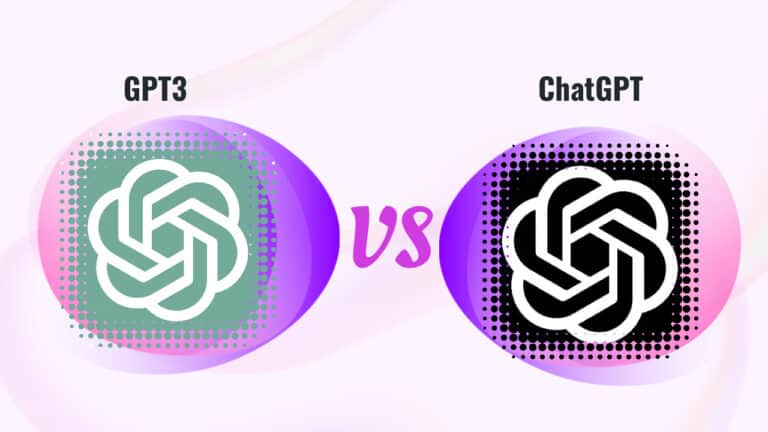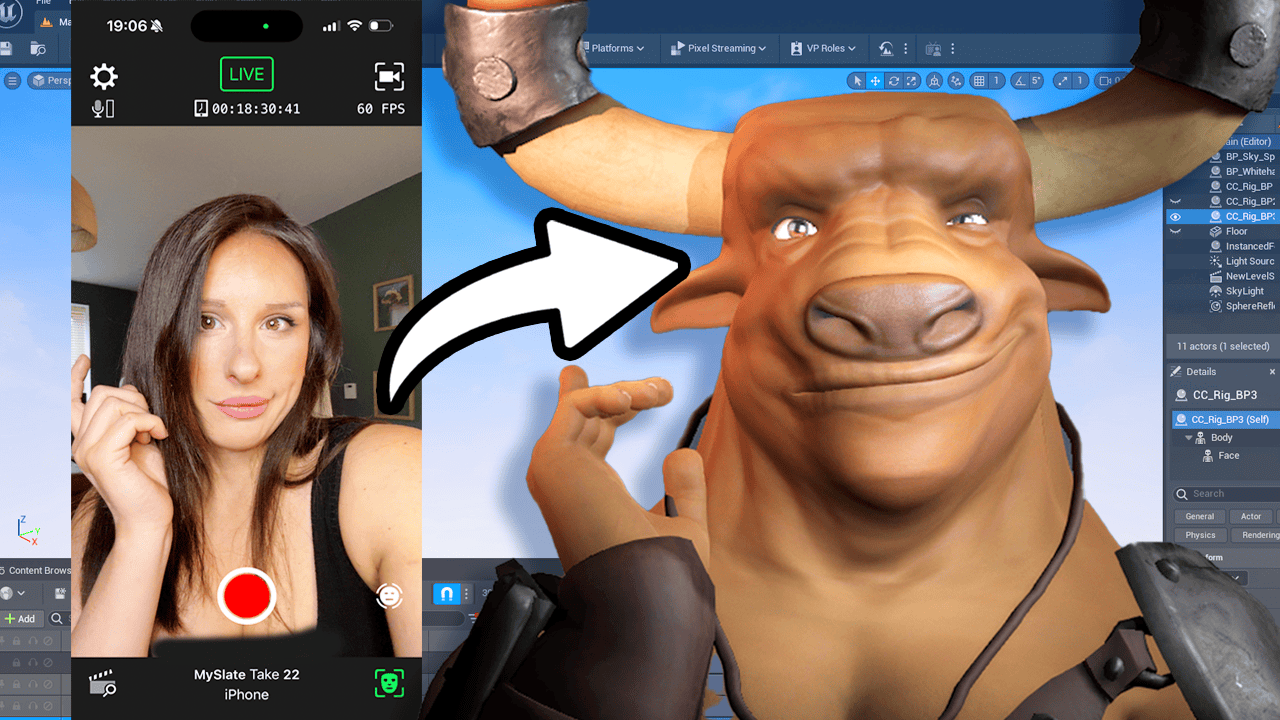If you’ve ever chatted with a bot or virtual assistant, you might have wondered how it can understand what you’re saying and give you a coherent response. That’s where language models come in. Language models are a type of artificial intelligence that allows computers to understand and generate human language. Two of the most popular language models are ChatGPT and GPT-3, both developed by OpenAI, a leading AI research institute. In this blog post, we’ll explore the features and capabilities of these two models and discuss how they differ from each other.
ChatGPT – Conversational Language Model
ChatGPT is a state-of-the-art conversational language model that has been trained on a large amount of text data from various sources, such as social media, books, and news articles. This model is designed to generate human-like responses to text input, making it suitable for chatbots and other conversational AI systems.
Features and Capabilities of ChatGPT
ChatGPT has several key features and capabilities that make it a powerful language model for NLP tasks.
Human-like responses
ChatGPT has been trained to generate responses that sound similar to how a human would respond in a given situation. This allows it to engage in natural, human-like conversations with users.
Contextual awareness
ChatGPT is able to maintain context and track the flow of a conversation, allowing it to provide appropriate responses even in complex or multi-turn conversations.
Large training data
ChatGPT has been trained on a large amount of text data, which has allowed it to learn a wide range of language patterns and styles. This makes it capable of generating diverse and nuanced responses.
How ChatGPT Differs From Other Language Models
ChatGPT differs from other language models in several ways.
First, it is specifically designed for conversational tasks, whereas many other language models are more general-purpose and can be used for a wide range of language-related tasks.
Second, ChatGPT is trained on a large amount of text data from various sources, including social media and news articles, which gives it a wider range of language patterns and styles compared to other models that may be trained on more limited data sets.
Finally, ChatGPT has been specifically designed to generate human-like responses, making it more suitable for tasks that require natural, human-like conversations.
GPT-3 – Large-Scale Language Model
GPT-3, on the other hand, is a large-scale language model that has been trained on a massive amount of text data from various sources such as books, articles, and websites. It is capable of generating human-like responses to text input and can be used for a wide range of language-related tasks.
Features and Capabilities of GPT-3
GPT-3 has several key features and capabilities that make it a powerful language model for NLP tasks.
Large training data
GPT-3 has been trained on a massive amount of text data, which has allowed it to learn a wide range of language patterns and styles. This makes it capable of generating diverse and nuanced responses.
Multiple tasks
GPT-3 can be used for a wide range of language-related tasks, including translation, summarization, and text generation. This makes it a versatile model that can be applied to a variety of applications.
How GPT-3 Differs From Other Language Models
GPT-3 differs from other language models in several ways.
First, it is one of the largest and most powerful language models currently available, with 175 billion parameters. This allows it to learn a wide range of language patterns and styles and generate highly accurate responses.
Second, GPT-3 is trained on a massive amount of text data from various sources, which gives it a broader range of language
In terms of the number of parameters, ChatGPT has 1.5 billion, which is much smaller than GPT-3’s 175 billion. This means that GPT-3 is much more powerful and can learn a wider range of language patterns and styles than ChatGPT. This gives GPT-3 the ability to generate more accurate and diverse responses than ChatGPT.
However, this also means that GPT-3 requires a lot more computational power and resources to run, which can be a challenge for smaller companies or individuals. On the other hand, ChatGPT is relatively lightweight and can run on smaller machines or even on a user’s personal computer.
When to Use ChatGPT or GPT-3
The decision to use either ChatGPT or GPT-3 depends on the specific use case and requirements of the project. Here are some examples of when each model would be best suited:
ChatGPT
This model is best suited for tasks that require natural, human-like conversations, such as chatbots and conversational AI systems. ChatGPT is capable of maintaining context and tracking the flow of a conversation, which makes it ideal for these types of tasks.
For instance, a company that wants to create a chatbot for customer service can use ChatGPT to generate human-like responses that can engage customers in natural conversations. This can improve customer satisfaction and reduce the workload of human customer service representatives.
GPT-3
This model is best suited for tasks that require a general-purpose language model, such as text generation and translation. GPT-3’s ability to learn a wide range of language patterns and styles makes it capable of generating diverse and nuanced responses.
For instance, a company that wants to automate the process of summarizing news articles can use GPT-3 to generate accurate and concise summaries. GPT-3 can also be used for tasks such as language translation, content creation, and even game development.
Final Thoughts
ChatGPT and GPT-3 are two popular language models developed by OpenAI that are capable of generating human-like responses to text input. While both models are highly advanced and capable of generating human-like responses, they have different strengths and are best suited for different types of tasks.
ChatGPT is specifically designed for conversational tasks, such as chatbots and conversational AI systems. It is trained on a wide range of language patterns and styles, which makes it more capable of generating diverse and nuanced responses compared to GPT-3.
On the other hand, GPT-3 is a more general-purpose language model that can be used for a wide range of language-related tasks, such as text generation and translation. It is one of the largest and most powerful language models currently available, with 175 billion parameters.
Understanding the differences between ChatGPT and GPT-3 is important for natural language processing tasks. By understanding these differences, users can make informed decisions about which model to use for their specific NLP needs.





